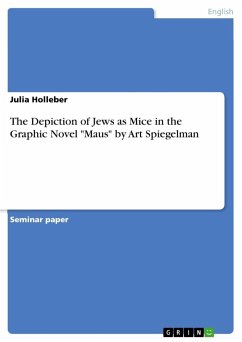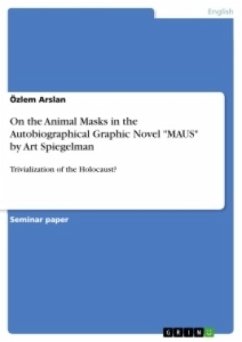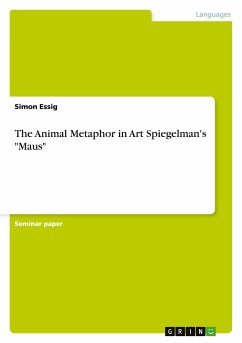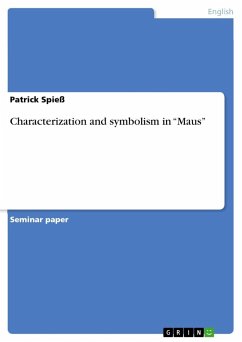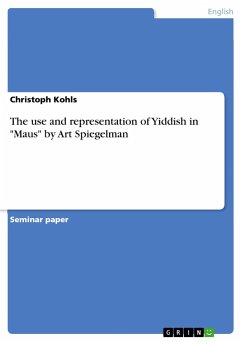Seminar paper from the year 2018 in the subject English Language and Literature Studies - Literature, grade: 1,3, University of Würzburg, language: English, abstract: This paper will concentrate on the function of the portrayal of Jews as mice in the graphic novel "Maus" by Art Spiegelman as they represent the main characters and, thus, form the focus of the novel. The author proposes that with the depiction of Jews as mice, Spiegelman provides the reader with a more direct way to the material. Moreover, by creating a paradox, he disapproves Hitler's statement, which is printed in the epigraph of the novel, that "Jews are undoubtedly a race, but they are not human" and by using masks to modify the character's identity Spiegelman criticizes the Nazi's racial logic that specific populations have an unchanging character The graphic novel "Maus" by Art Spiegelman has been one of the most popular and deeply discussed comics of the last decades. Being the first graphic novel about the Holocaust, it arose much attention but was also often criticized of not dealing with the topic with enough respect.

